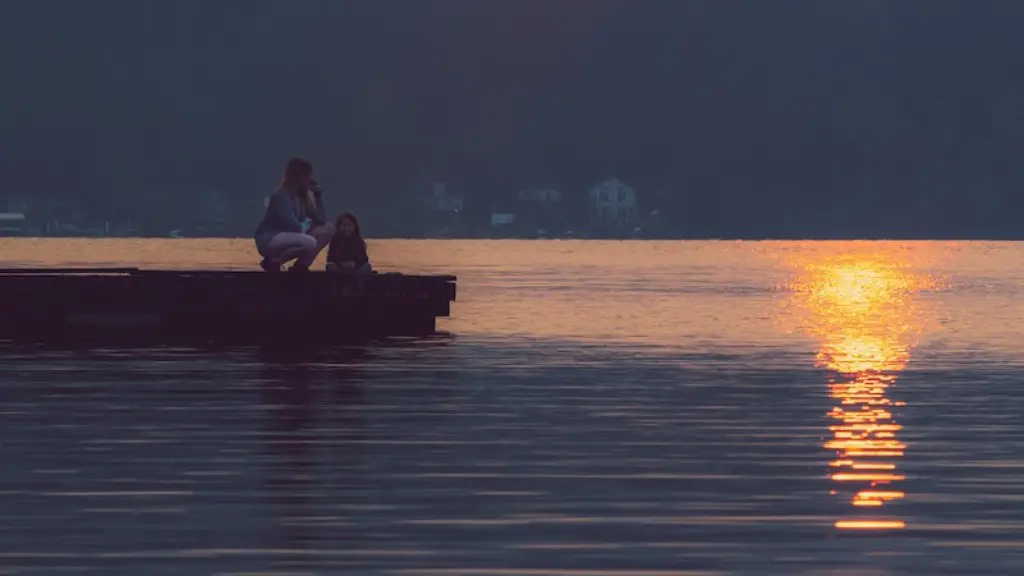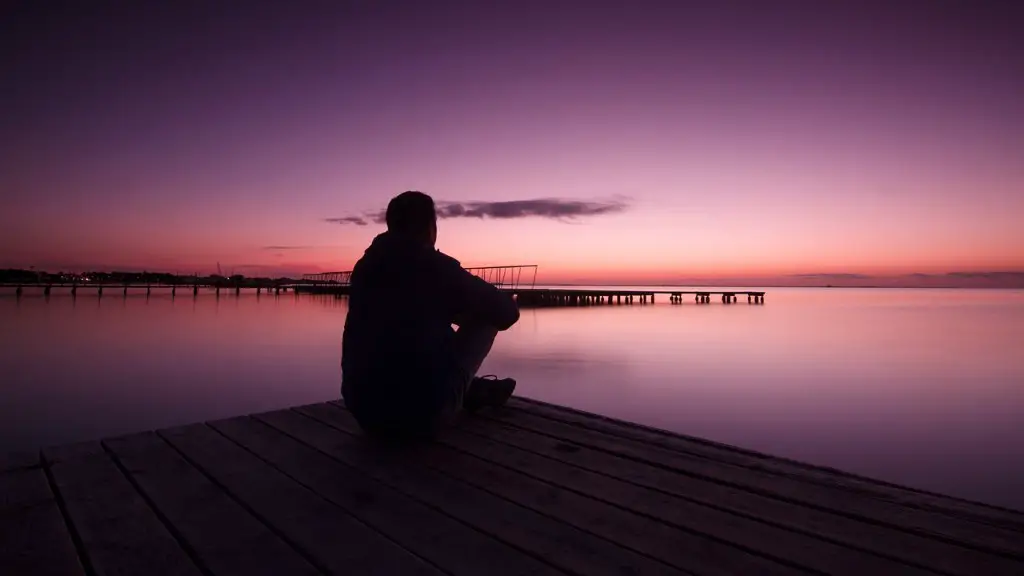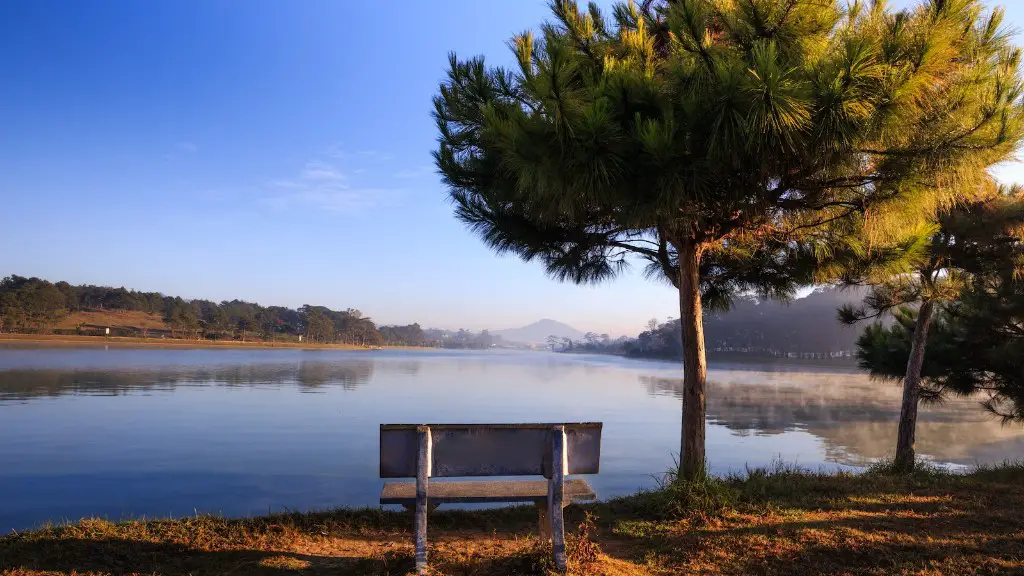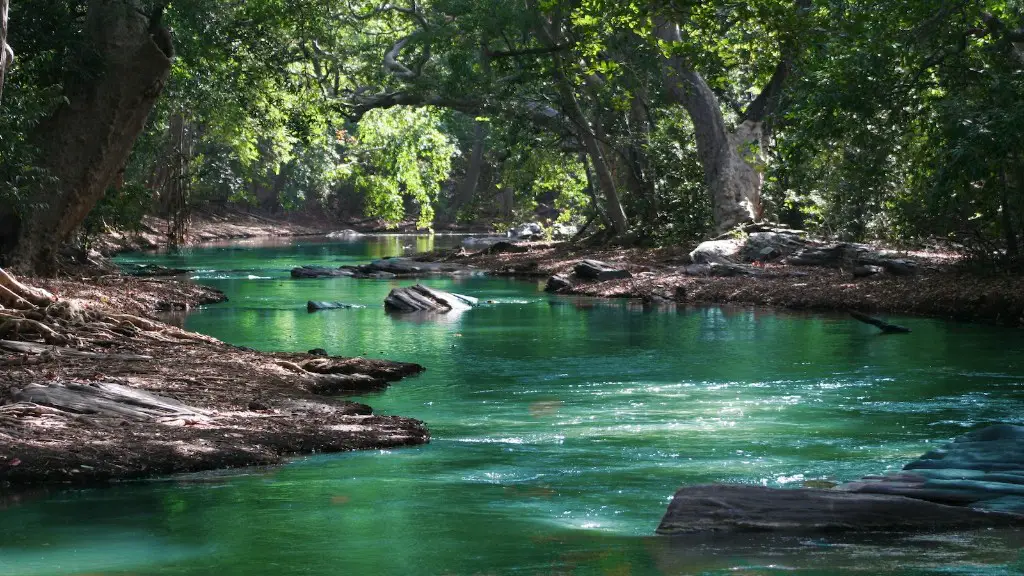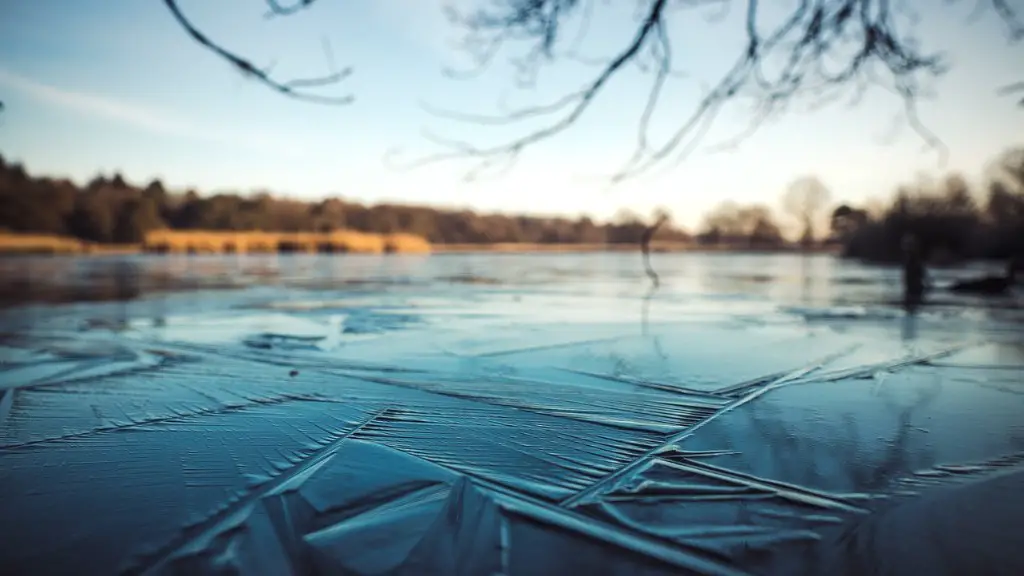Located in eastern Africa, Lake Victoria is a massive body of water that divides portions of three countries: Kenya, Tanzania, and Uganda. Not only is it the largest lake in Africa and the second largest freshwater lake in the world — second to Lake Superior in North America — but its average surface area is an astonishing 68,000 km2.
According to experts, Lake Victoria was formed due to two tectonic plates, which were forced up and out of the earth’s surface millions of years ago. As a result, when the ancient Pleistocene Lake Kush, which was the predecessor of the Nile, overflowed, it formed Lake Victoria. The Nile subsequently took over draining the lake.
Nowadays, Lake Victoria receives approximately 45% of its water from rainfall and is one of the main sources of the Nile. It is also home to a number of endemic species of fish, including the Victoria tilapia, and its surrounding areas are important for local economies and livelihoods.
Unlike rivers, however, lake boundaries are much harder to define — Lake Victoria is no exception. Its dimensions can vary throughout the year due to changing water levels. The lake, then, constantly shrinks and grows in size depending on the dry and wet seasons in East Africa.
When at its lowest, Lake Victoria is approximately 58,000 km2 in size, while its maximum possible size is 68,800 km2 — a difference of 10,800 km2. Despite its variable boundaries, however, Lake Victoria is believed to be one of the most diverse bodies of water in terms of fish species. In fact, some researchers believe that around 200 species of cichlid fish inhabit the lake.
In its entirety, however, the full length of Lake Victoria is approximately 4,814 kilometers long. As it is relatively shallow, its greatest depth is only 84 meters — making it one of the shallower African lakes. Its elevation relative to sea level, meanwhile, is expected to be at about 1130 meters.
Given its impressive size, as well as its diversity of species, Lake Victoria is an essential source of life for communities along its banks. However, it is also an unpredictable and fragile ecosystem which is being threatened by environmental degradation, overfishing, climate change, water pollution, and other related threats. In order to protect its future, local and international efforts must be implemented.
The Impact of Invasive Species
In addition to the threats listed above, Lake Victoria is also facing a very significant issue posed by invasive species. These non-native species are introduced to an ecosystem, and normally with negative results. For example, since invading the lake in the 1950s, the eastern mosquitofish, an introduced species from Tanzania, has triggered declines in other species, such as the native Victoria tilapia, due to its predation on their eggs and larvae.
In addition, the Nile perch, which is native to the Nile River and lakes in East Africa, has become a major predator in Lake Victoria and is resposible for most of the drastic declines in fish abundance in the lake. It is estimated that the Nile perch has caused the extinction of at least three species of native cichlid fish. This species is very popular in the local fishing industry, which has led to unsustainable fishing practices in some parts of the lake.
Unfortunately, the effects of invasive species have led to increased poverty levels in many parts of the Lake Victoria region, particularly among those who rely on fishing for food or as an income source. As a result, there has been a decrease in fish stocks, and less food for the underprivileged in the local communities.
In addition, fishing activities such as beach-seining, gill-netting, and trawling are responsible for a high amount of bycatch, which includes young fish, non-target species and other organisms. This bycatch is then discarded and threatens the health of the lake and its fragile ecosystems.
Conservation Efforts
There are several conservation efforts in place to protect Lake Victoria and its inhabitants. For example, the Fisheries Management Authority of Tanzania has developed regulations to bring all fishing vessels under the same rules and manage their activities.
The African Development Bank has also funded numerous conservation efforts to reduce nutrient pollution, increase biodiversity and improve the overall health of the lake. Their project focuses on monitoring and controlling illegal fishing, enforcing conservation laws, and establishing spawning sanctuaries.
In addition, there have been initiatives to restore native fish species in the lake, such as the Victoria Tilapia Conservation Project. This entails transporting larvae and juveniles of the native fish to new locations in order to establish breeding populations.
Finally, local communities are being educated on the importance of conserving their environment and have been encouraged to participate in sustainable practices. A number of awareness campaigns have been launched, in order to better inform the public about the various conservation efforts taking place and their significance.
Conclusion
Lake Victoria, located in eastern Africa, is the second largest freshwater lake in the world — second to Lake Superior in North America — and is home to a number of endemic species of fish. It is an impressive body of water in terms of size, presence of species and potential sources of livelihoods. That being said, the lake and its inhabitants are faced with a myriad of threats, including invasive species, human activities, and climate change.
Fortunately, local and international efforts have been implemented in order to restore and protect Lake Victoria. These initiatives range from the African Development Bank’s funding of conservation efforts to local communities’ participation in educational campaigns. Nevertheless, Lake Victoria is a valuable resource and should not be taken for granted — it is essential that its future is safeguarded for generations to come.
